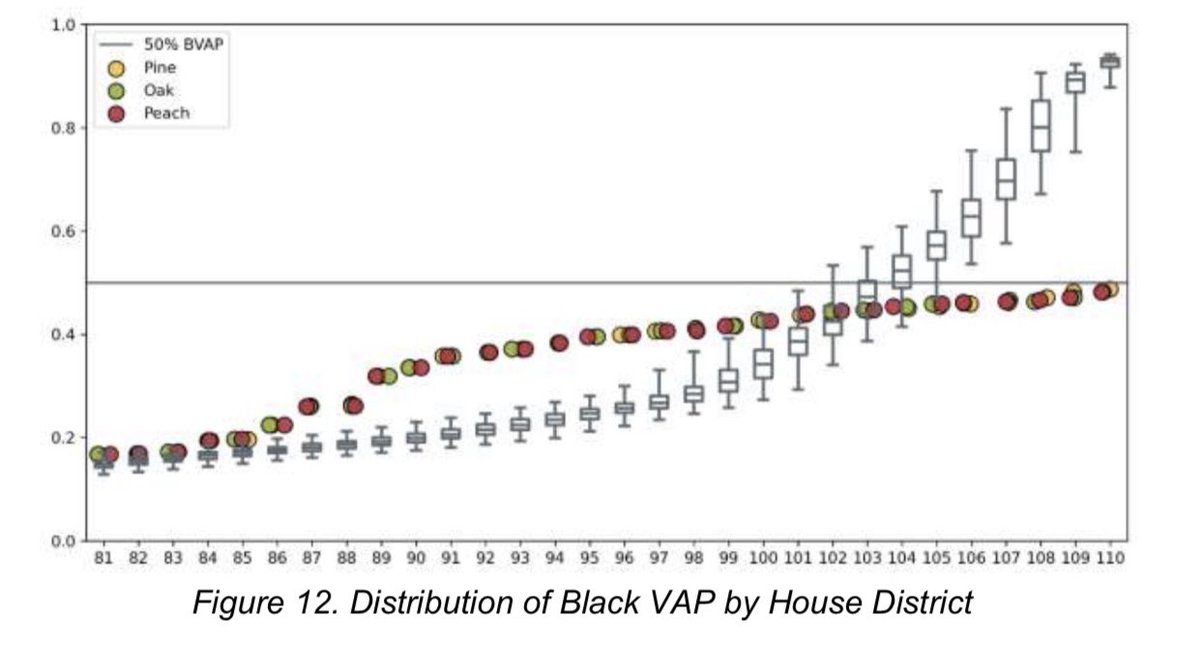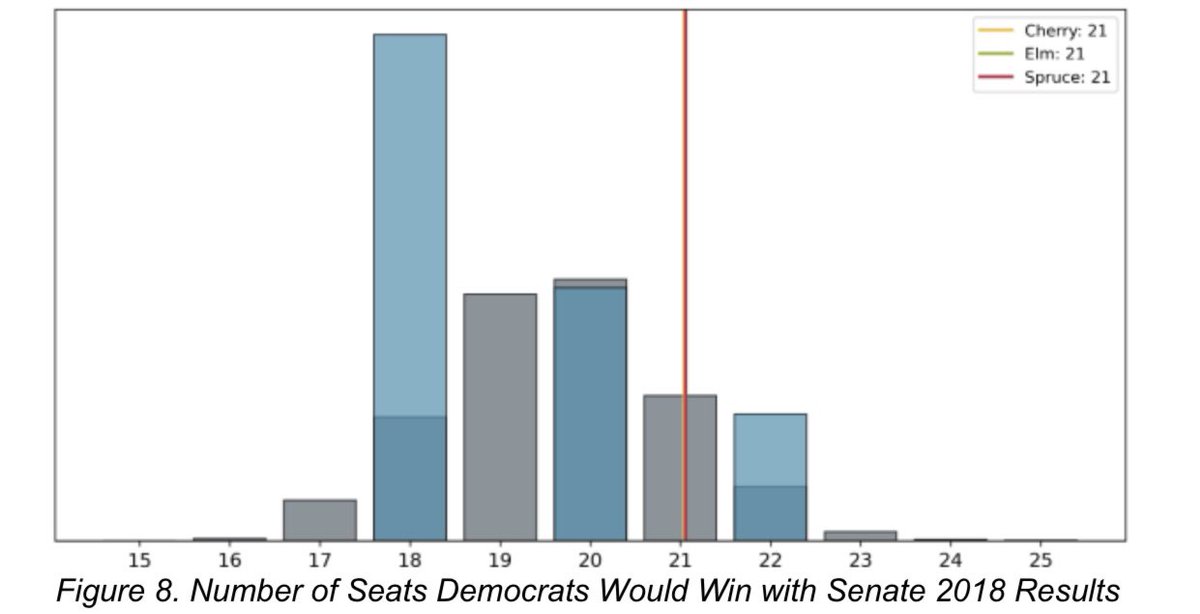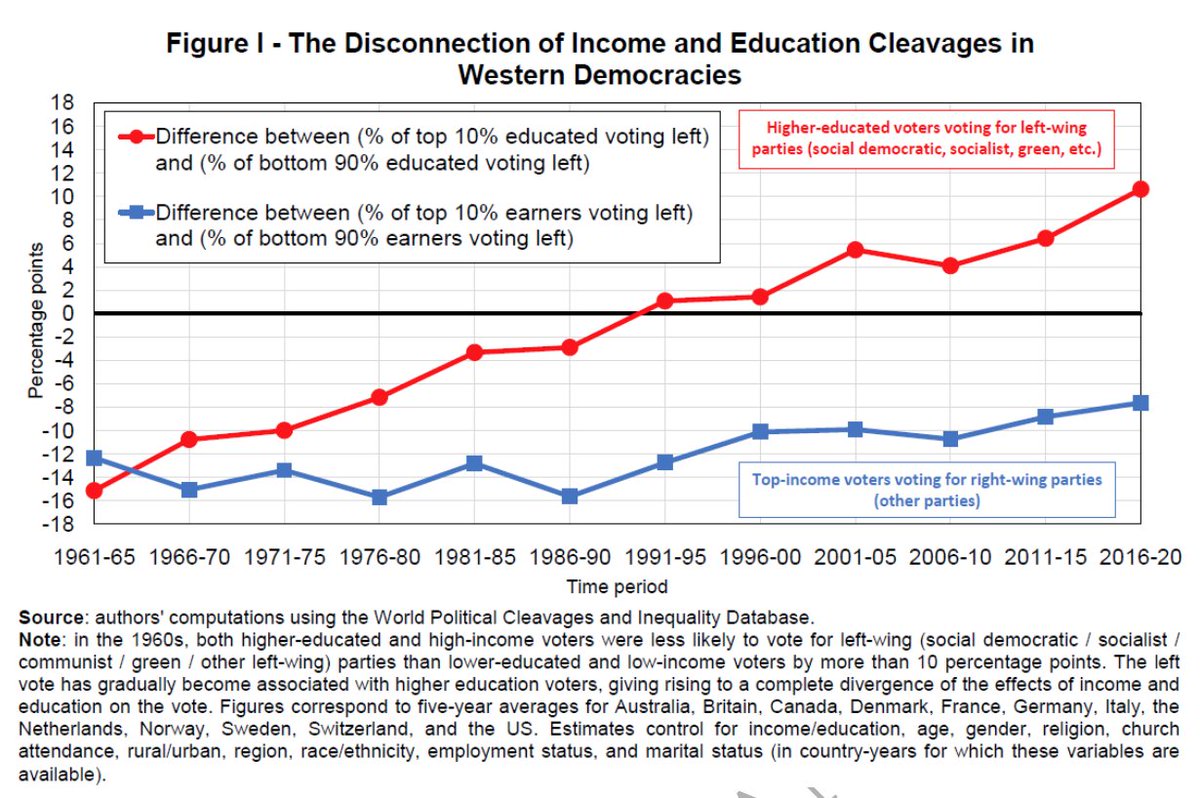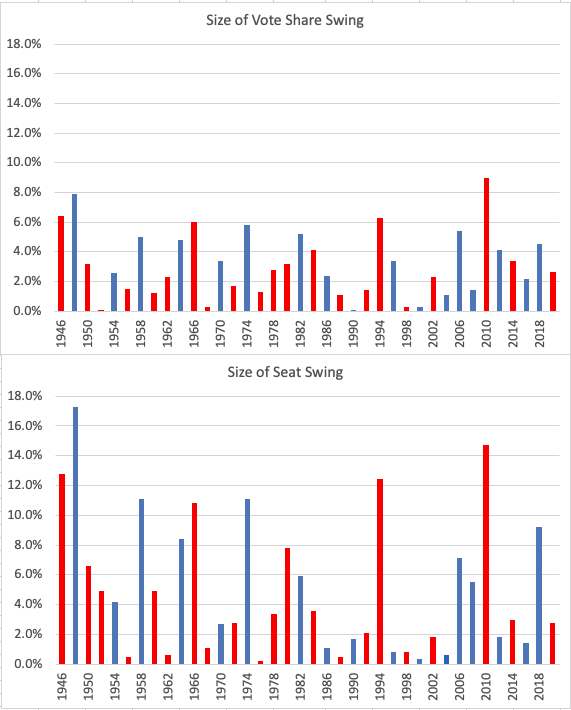
We are building a new congressional data archive with member, district, & policymaking variables by district-year & state-year, modeled on @IPPSR’s Correlates of State Policy:
ippsr.msu.edu/public-policy/…
& @joshmccrain’s congressional data integrations:
congressdata.joshuamccrain.com/congressional_…
ippsr.msu.edu/public-policy/…
& @joshmccrain’s congressional data integrations:
congressdata.joshuamccrain.com/congressional_…
We are currently cataloging available data, making crosswalks, converting/aggregating bill & policymaking data to district-year, updating, & compiling all district Census data. If you have relevant datasets, suggestions, or problem notes, please reach out. We would love your help
Our goal is to make an easy-to-use interface for working with available subsets of data, such as a project on environmental or health congressional voting with relevant member & district characteristics, similar to our Shiny app for state policy:
cspp.ippsr.msu.edu/cspp/
cspp.ippsr.msu.edu/cspp/
We expect to release a baseline congressional data product this Spring but want to connect now with anyone doing or planning similar aggregation. We welcome data going back far in time & data that can be linked to other congressional or policy datasets through member or district
• • •
Missing some Tweet in this thread? You can try to
force a refresh












